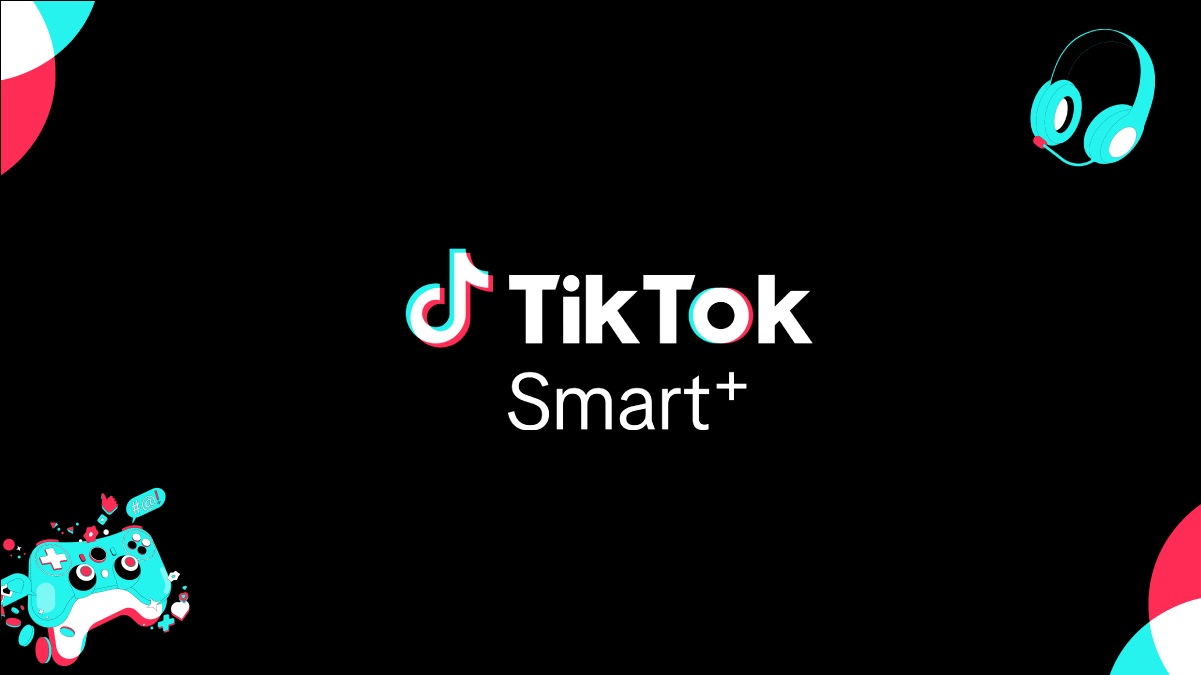Most marketing campaigns come and go without much notice. To varying degrees, those campaigns are effective for the target audience and memorable only to the people who worked on them. But there are two other groups of campaigns that do stick in our collective memory – those that were brilliant and those that were just plain awful. This time around, we focus on the dreadful ideas that made us ask, “What were they thinking?”
McDonald’s Hashtag Gone Wrong  McDonald’s (@McDonald’s) created the #McDstories hashtag on Twitter to inspire customers to share personal stories about their favorite McDonald’s moments. What McDonald’s didn’t bargain for was that customers would share both good and bad stories. And share they did – everything from allegedly crunching on fingernail clippings in Big Macs to getting food poisoning. The fast food mammoth yanked the #McDstories campaign only two hours after launching it, but a quick search on Twitter shows that the hijacked hashtag still goes on strong.
McDonald’s (@McDonald’s) created the #McDstories hashtag on Twitter to inspire customers to share personal stories about their favorite McDonald’s moments. What McDonald’s didn’t bargain for was that customers would share both good and bad stories. And share they did – everything from allegedly crunching on fingernail clippings in Big Macs to getting food poisoning. The fast food mammoth yanked the #McDstories campaign only two hours after launching it, but a quick search on Twitter shows that the hijacked hashtag still goes on strong.
Facebook’s IPO Suffers From Overhype  Facebook’s post-IPO share price plunged from $38 to around the mid-$20’s, far lower than so much hype would have made most people anticipate. Not to mention investors saw a huge loss, too. The lesson here is that if there’s going to be a ton of hype around something your company does – whether it’s self-generated hype or external – you better live up to it whenever that event actually takes place.
Facebook’s post-IPO share price plunged from $38 to around the mid-$20’s, far lower than so much hype would have made most people anticipate. Not to mention investors saw a huge loss, too. The lesson here is that if there’s going to be a ton of hype around something your company does – whether it’s self-generated hype or external – you better live up to it whenever that event actually takes place.
Twitter Managers Use Company Accounts for Personal Tweets  Unfortunately, we’ve all seen this faux pas far too many times. Social media is ubiquitous, for both personal and business uses. So it makes sense that a personal tweet might come through when a social media manager thinks they’re tweeting for their personal account, but actually send it out through their business account. But you know what? We have to pay closer attention to detail to alleviate this problem. And on top of that, we can prevent epic fails like this by making sure whatever it is we tweet, it’s something no one will be offended by, whether it’s personal or business.
Unfortunately, we’ve all seen this faux pas far too many times. Social media is ubiquitous, for both personal and business uses. So it makes sense that a personal tweet might come through when a social media manager thinks they’re tweeting for their personal account, but actually send it out through their business account. But you know what? We have to pay closer attention to detail to alleviate this problem. And on top of that, we can prevent epic fails like this by making sure whatever it is we tweet, it’s something no one will be offended by, whether it’s personal or business.
Snickers Gets Caught Paying for Celebrity Tweets
Marketers from Snickers’ U.K. branch (@SnickersUK) were hungry for retweets when they hired British model and reality TV start Jordon (aka Katie Price) to tweet about topics she likely would never normally tweet about, including Eurozone debt and China’s gross domestic product. Jordan followed up her rash of out-of-character tweets with a message about feeling like herself again thanks to Snickers. The stunt left many of Jordan’s followers reeling for thinking her Twitter account had been hacked.
Toyota Camry Drives Away Potential Drivers
The Japanese car giant created nine Twitter accounts to get the word out about the new Camry during the Super Bowl. Toyota (@Toyota) then tweeted – in this case, spammed – unsolicited messages about a Camry giveaway contest to anyone using a Super Bowl-related hashtag. The ensuing consumer backlash prompted Toyota to close all its “The Camry Effect” promotional Twitter accounts and issue an apology. Nokia
Uses Another Camera to Show Off its OIS Technology
The idea here was for Nokia to demonstrate their new product’s amazing optical image stabilization capabilities. Except that they show a video using a professional camera, and tried to pass it off as their new OIS technology. A product marketer should be communicating a product’s value through its features. If your product’s features don’t align with the value you’re marketing, however, it makes you look like a liar, and your product appear subpar. Don’t pull the wool over consumers’ eyes – be honest and confident about your product’s capabilities.
Belvedere Vodka References Rape in an Advertisement
Belvedere’s ad crossed the line by a longshot. In fact, we are truly shocked that this ad ever even made it past phase one of creative. While Belvedere made a donation to RAINN, an anti-sexual violence organization, after this mega-mistake, it still speaks to a larger judgment error that deviates from their typically clever, engaging social graphics. Because there’s really never a time a joke about sexual violence is a good idea in your marketing campaigns.
Bing Learns Not Every Company Can Be a Verb
You know how when you perform a Google search, you just say you’re “Googling” something? Microsoft tried to do the same thing, turning “Bing” into a verb. Needless to say, it didn’t take off. To make it worse, they wouldn’t drop the fact that their campaign was a bust, and rationalized their failed efforts at marketing. Ultimately, they closed it out by saying they don’t really care if people use “Bing” as a verb, as long as they use Bing as a search engine. But this campaign stunk of a sub-bar, unoriginal copycat campaign of a competitor.
Apple Replaces Google Maps
Some of you might remember the uproar around “Mapples,” or the Apple maps iPhone users were using instead of their favorite (and functional) Google maps. The problem peaked when a user, following Apple Map directions to a very small town called Mildura, was led into the middle of Australia’s second largest natural park. The climate was, needless to say, not one you’d want to be exposed to without preparation. The moral of the story? Don’t force your product upon people, especially if it’s not nearly as good to the alternative to which they’ve become accustomed.
Huggies Runs a Campaign Making Fun of Dads

You know that trope about men and women? Where women are the awesome mothers and fathers are the fumbling fools? Yeah, it’s played out, demeaning, and pretty sexist. Oh, also totally not true. Huggies found this out the hard way, when they launched a campaign poking fun at dads as being, well, fumbling fools that didn’t know how to take care of their babies. Consumers, fathers in particularly, didn’t take to it. There’s a fine line between parody and just plain making fun of people – and Huggies did not land on the right side of the line with this campaign.











